Environmental groups are applauding B.C. Premier David Eby’s new promise to protect 30 per cent of the province’s land by 2030 in partnership with Indigenous Peoples.
The goal signals a potential shift by the NDP under the new premier to improve B.C.’s lacklustre record of protecting biodiversity and endangered species hot spots, conservation groups say.
But that commitment must be paired with legislation, strong protection mechanisms and cash for Indigenous stewardship or Indigenous protected and conserved areas (IPCAs), the groups say.
Conservation groups and First Nations have been pushing B.C. to match Ottawa’s goal of protecting 30 per cent of Canada’s land and waters by 2030 and take advantage of the federal funding available to protect old-growth forests and biodiversity.
The United Nations biodiversity conference, or COP 15, now underway in Montreal, is where Prime Minister Justin Trudeau is urging other world leaders to also take the 30x30 pledge.
But Ottawa’s goal can’t be achieved without B.C. — which has the greatest biological diversity of any province or territory in the country and the greatest number of species at risk.
For nearly two years, the province and the federal government have been negotiating a bilateral Nature Agreement, to better conserve biodiversity and species at risk in B.C.
Conservation groups speculated the deal would be revealed at COP15, but no announcements landed in the summit’s first week.
It’s encouraging Eby intends to increase the amount of territory under protection in the province, up from the current 15 per cent, said Charlotte Dawe, conservation and policy campaigner with the Wilderness Committee.
“I’m never unhappy to hear we’re going to have more protected areas in the province,” Dawe said.
But there aren’t enough details to gauge the worthiness of the pledge, she added.
Dawe doubts B.C. will suddenly prioritize the environment over extraction industries and actually reverse biodiversity loss and extinction in the province.
“It’s not a systemic shift, but an incremental win,” Dawe said.
The premier’s goals were outlined in his mandate letter to Nathan Cullen, the new minister of water, land and resource stewardship, after a cabinet shuffle on Wednesday.
Cullen is tasked to set up a provincial financing mechanism to help safeguard biodiverse areas, including IPCAs. He’s also expected to reach the federal 30x30 goal in partnership with the federal government, industry, communities and Indigenous Peoples.
Ensuring land use in the province is sustainable for future generations is essential, Eby said in the letter.
“We have seen the impacts of short-term thinking on the British Columbia land base — exhausted forests, poisoned water and contaminated sites,” he said.
“These impacts don’t just cost the public money to clean up and rehabilitate, they threaten the ability of entire communities to thrive and succeed.”
With careful planning, the province can enjoy the best of economic development while conserving wild spaces, the premier added.
Dawe said she won’t cheer too loudly until Eby’s promises are tied to new legislation.
Cullen’s mandate doesn’t include creating a dedicated species at risk act — promised by the NDP government when it came to power in 2017. An act would include legal mechanisms to ensure government and industry prevent impacts to at-risk environments, Dawe said.
Otherwise, it will be “business as usual” on the ground for forestry, oil and gas and mining companies, Dawe said.
“We have to get better at saying no industrial activities,” she said.

David Tindall, a sociology professor at the University of British Columbia, says Eby has shifted the NDP’s tone on climate and the environment
We should give David Eby’s NDP government the benefit of the doubt for a short while, said Tindall, who researches social responses to environmental issues.
“But I think it’s too early to see exactly where things are going.”
All governments are typically captured by the “treadmill of production” — where the pursuit of economic growth, revenue and jobs results in unsustainable environmental decisions, regardless if they lean left or right, he said.
“The NDP is kind of more concerned about (environmental) issues, relatively speaking, but they're still constrained by the political and economic system,” he said.
Eby’s language suggests the NDP old guard under former premier John Horgan, with deep roots in the resource and union sectors, is transitioning to include a new generation of members who see the environment and climate change as more important issues, he added.
“Under Horgan, the NDP was concerned about sustainability in a harvesting and management sense,” he said.
“Like, if you cut stuff down, it should be replanted. And long as you do that, everything's fine, especially if it creates jobs.”
There’s probably some genuine desire by the party to prioritize at-risk ecosystems more, he said. But the momentum Eby’s former contender, Anjali Appadurai, gained during the recent leadership race for championing environmental and climate causes certainly drove the point home, he added.
“His team is kind of realizing that there's a segment of people who usually vote NDP who might go somewhere else in the next election if he doesn't deal with these issues.”
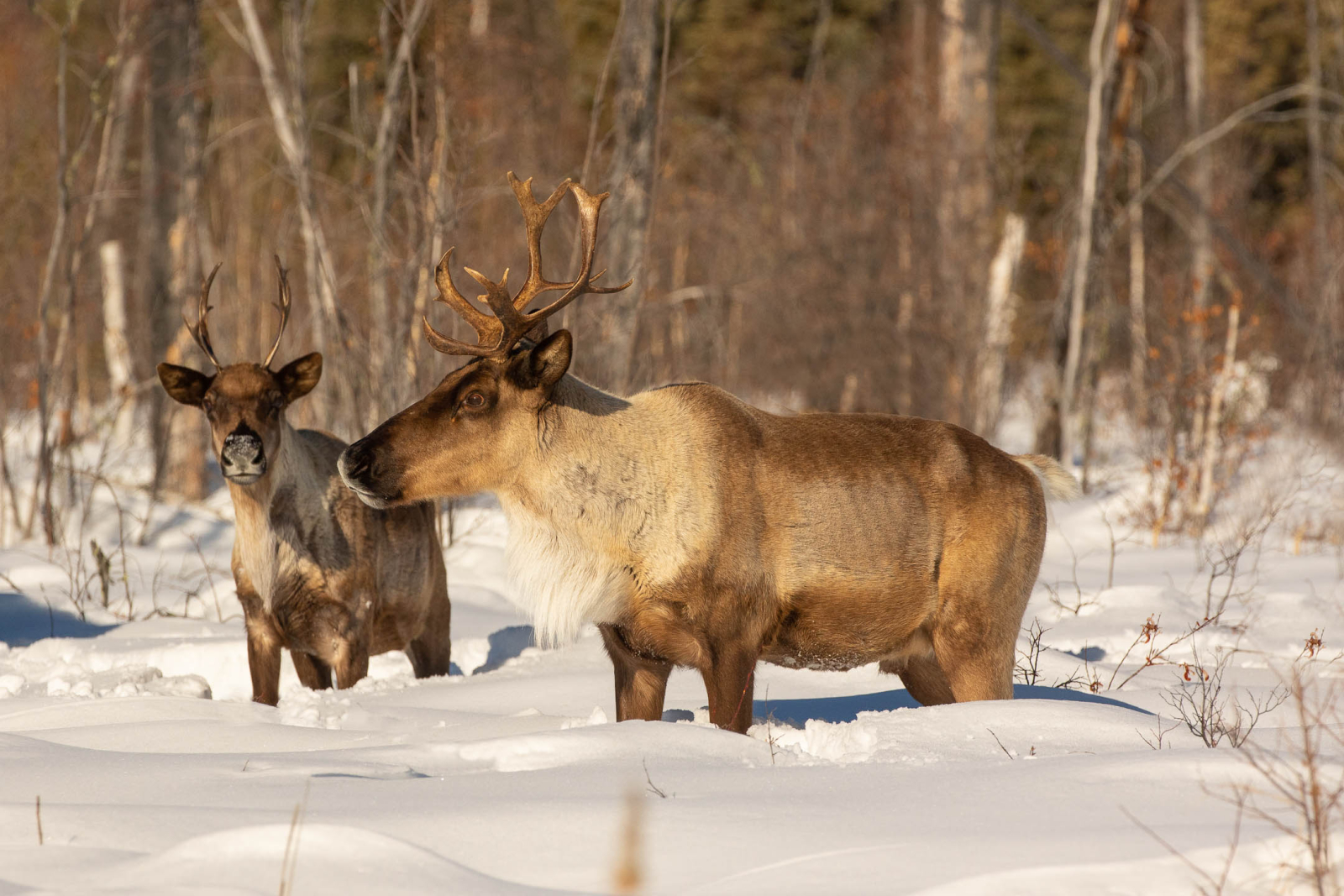
Jens Wieting, senior forest and climate campaigner with Sierra Club BC, said B.C.’s new biodiversity pledge is a major milestone in safeguarding biodiversity in the province. But its success depends on rapid action, concrete timelines and sustainable funding tied to conservation goals and Indigenous stewardship, he added.
“The more than 1,900 species at risk in B.C. are a constant reminder that without immediate change on the ground, the window of action to safeguard biodiversity as we know it is rapidly closing,” said Wieting in a statement.
The province needs to act on the overdue promise to defer logging to protect at-risk old-growth forests in the short term until permanently protected areas exist to stem the loss of irreplaceable ecosystems, Wieting said.
Any newly protected lands must both involve strong, permanent protection measures and conserving the richest at-risk ecosystems, Dawe said.
The areas in B.C. with the highest biodiversity values are underrepresented in the BC Parks system, Dawe said.
Alpine ecosystems, not particularly valued by resource industries or development, dominate the system, she said.
“We’re very good at protecting ice and snow,” Dawe said.
“That’s not to say it’s not beautiful … but it isn’t very biodiverse.”
Apart from parks, B.C. relies on mechanisms such as old-growth management areas, wildlife habitat areas and wildland zones to provide “weak” protection to species at risk or ecosystems, Dawe said.
However, these measures often aren’t permanent and can be changed by the government without public scrutiny. In some cases, designations even allow industrial activity like clear-cut logging, oil and gas activity, and road building in areas such as old-growth forests or other vulnerable ecosystems.
A window is still open, however, for the province to create effective legislation to protect biodiverse areas if it delivers on its promise to implement the recommendations of the Old-Growth Strategic Review — which called on the province to change the way it manages ancient forests, Dawe said.
The review recommends the province value ecosystem health and biodiversity as an overarching priority, and develop laws that enshrine that priority for all sectors operating in the province, she said.
“That policy door (for the NDP) is still open,” Dawe said.
“It just means we have a lot more work to do to continue pressuring for this law.”
Rochelle Baker / Local Journalism Initiative / Canada’s National Observer
BC has 30% of its land mass
BC has 30% of its land mass where biodiversity can be *preserved*?
Where?
You can't "preserve" what isn't there.
You can't "continue" to do what isn't being done already.
Someone should insist that politicians speak dictionary English, and be required to give up double-speak entirely.
As an Ontarian I live in a
As an Ontarian I live in a province where the Conservative Doug Ford Govt. is as fast as possible destroying our natural environment —- including permitting the logging industry to ignore vital ecosystems and species at risk —- and now by its so-called “Build More Homes Faster Act” which opens up to development even our protected Greenbelt and our vital wetlands and agricultural lands and wood lands to climate and environment- destroying massive urban sprawl .
By this Act, the little remaining authority of our conservation agencies is nullified together with citizens’ rights to participate in land use planning. And there is substantial evidence that big Developers who are very big donors to Ford and his Conservative colleagues will profit greatly from this legislation. And there have been major rallies and protest demonstrations throughout Ontario against enactment of this terrible legislation . All to no avail.
Because seemingly all this Govt cares about is economic growth —- without any recognition at all that environmental destruction and Climate Change is extremely economically COSTLY —- causing enormous damage and costs to our human built Infrastructure from our roads to our waste water & sewage disposal. And without any recognition at all that our wetlands and natural lands are our vital NATURAL INFRASTRUCTURE that literally cost-free, can save us from flooding and etc. —- and are vital to our ability to our adaptation to our mounting Climate Crisis.
So I do think that you in B.C. are very fortunate to have a new Govt. that seems both much more knowledgeable and much more caring. And open to hearing from and listening to all you caring folks.

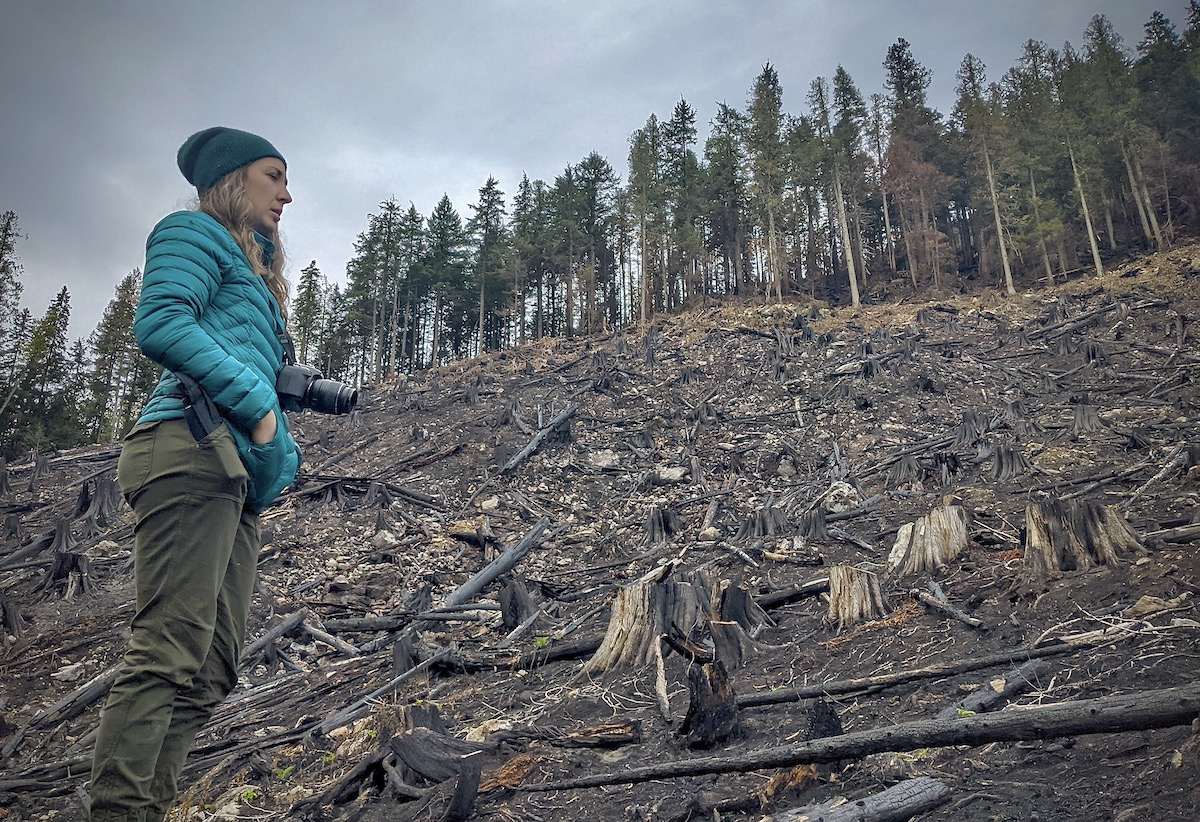

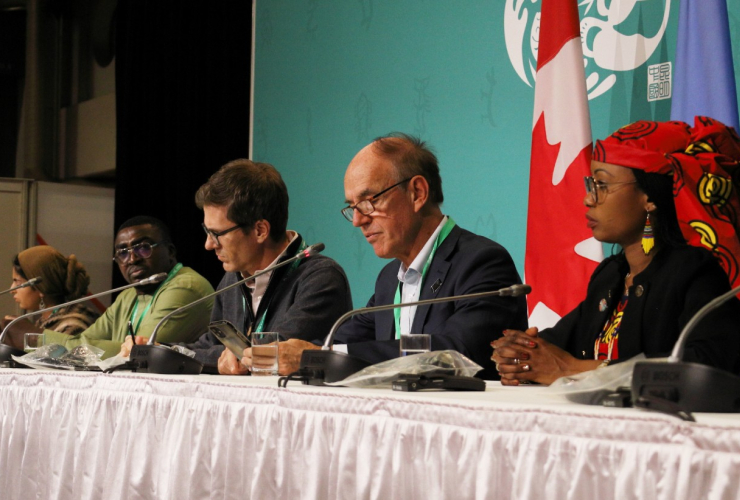
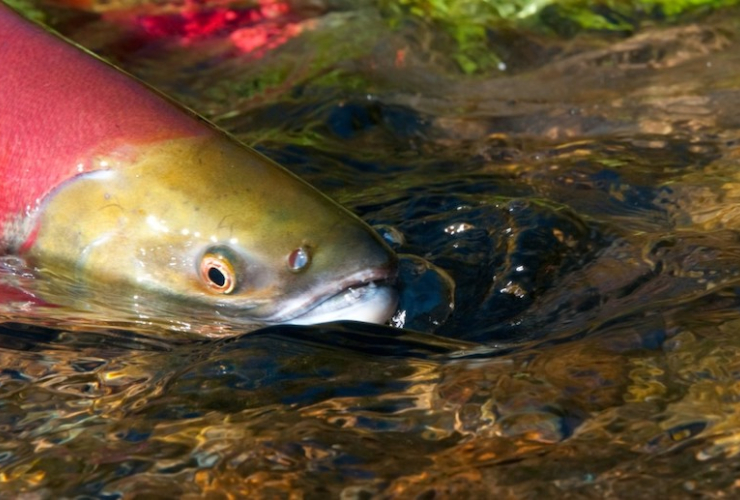
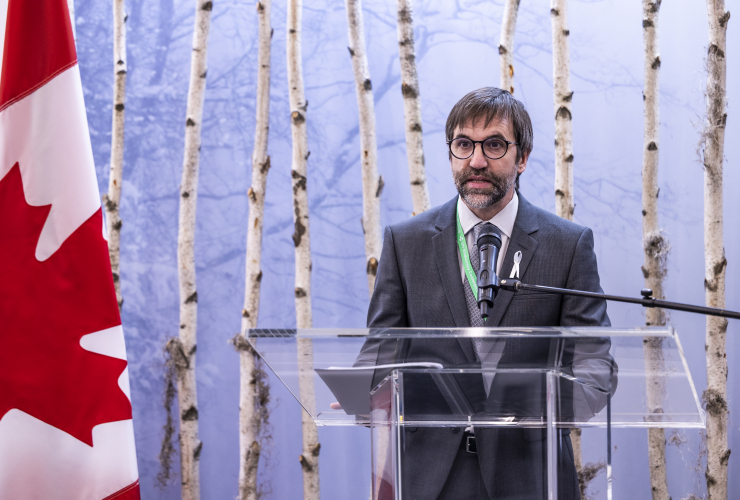
Comments